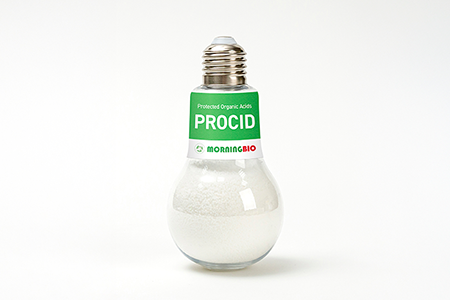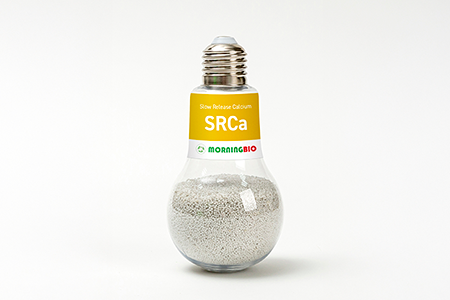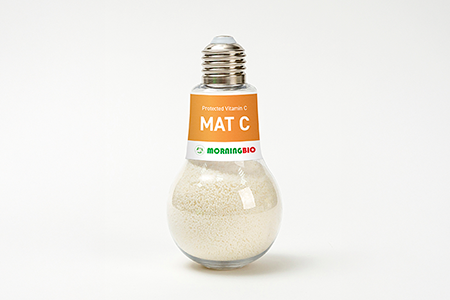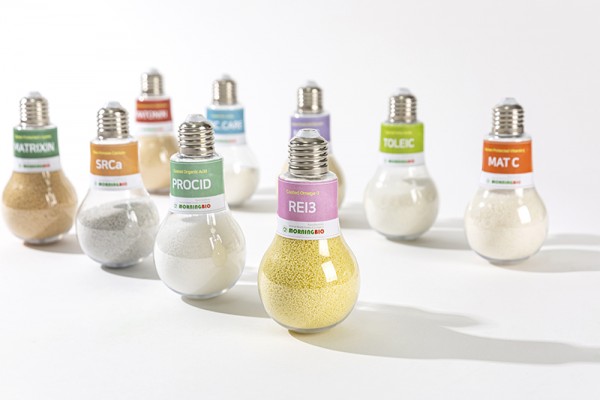Application of MorningBio Coated Feed Additives to Enhance Laying Persistency
■ What is laying persistency?
The laying hen industry is a core livestock sector that stably supplies high-quality protein (eggs) to humans.
However, as layers age, cumulative oxidative stress from continuous laying gradually reduces egg production and quality.
This stems from declines in endogenous antioxidant enzymes and reproductive hormone secretion, as well as deterioration of the intestinal mucosal structure.
In the late laying phase, abnormal eggs occur more frequently, and eggshell strength weakens.
In particular, toward the end of lay, calcium bioavailability decreases, leading to poorer shell quality.
Hence, nutritional strategies that enhance laying persistency and robustness are essential to maintain productivity with appropriate egg quality.
Dietary Additives to Extend Laying Persistency in Aged Hens (Lee et al., 2025)
Meanwhile, in South Korea, the easing of stocking density in cage systems is expected to naturally reduce total egg output per house.
In response to this situation, approaches that extend laying persistency in aged hens to secure continuous egg production are drawing increasing attention.
Among the various efforts to prolong egg production, we introduce MorningBio’s coated feed additives that stably deliver target nutrients
by protecting actives against digestive enzyme action in layers.
■ MorningBio Coated Feed Additive Solutions
1. PROCID (matrix-coated organic acids)

Organic acids suppress harmful bacteria in the gut, thereby improving gut health and supporting nutrient utilization.
By lowering intestinal pH, they increase the solubility of calcium and phosphorus, which in turn favors eggshell formation in the layers.
Studies have reported improvements in laying performance, egg weight, and shell quality in aged layers supplemented with various organic acids.
* As of September 2025, a total of 19 PROCID papers - 13 in swine and 6 in poultry.
2. SRCa (slow-release matrix-coated calcium)

As layers age, calcium utilization decreases, resulting in reduced shell thickness and strength.
Thus, a stable and efficient calcium supply is key.
Reports of lower calcium availability and decreased shell quality in the late laying period underscore the importance of formulations
designed to support sustained calcium use for securing laying persistency.
* As of September 2025, a total of 2 SRCa papers - 1 in broilers and 1 in layers.
3. MAT C (matrix-coated vitamin C)




